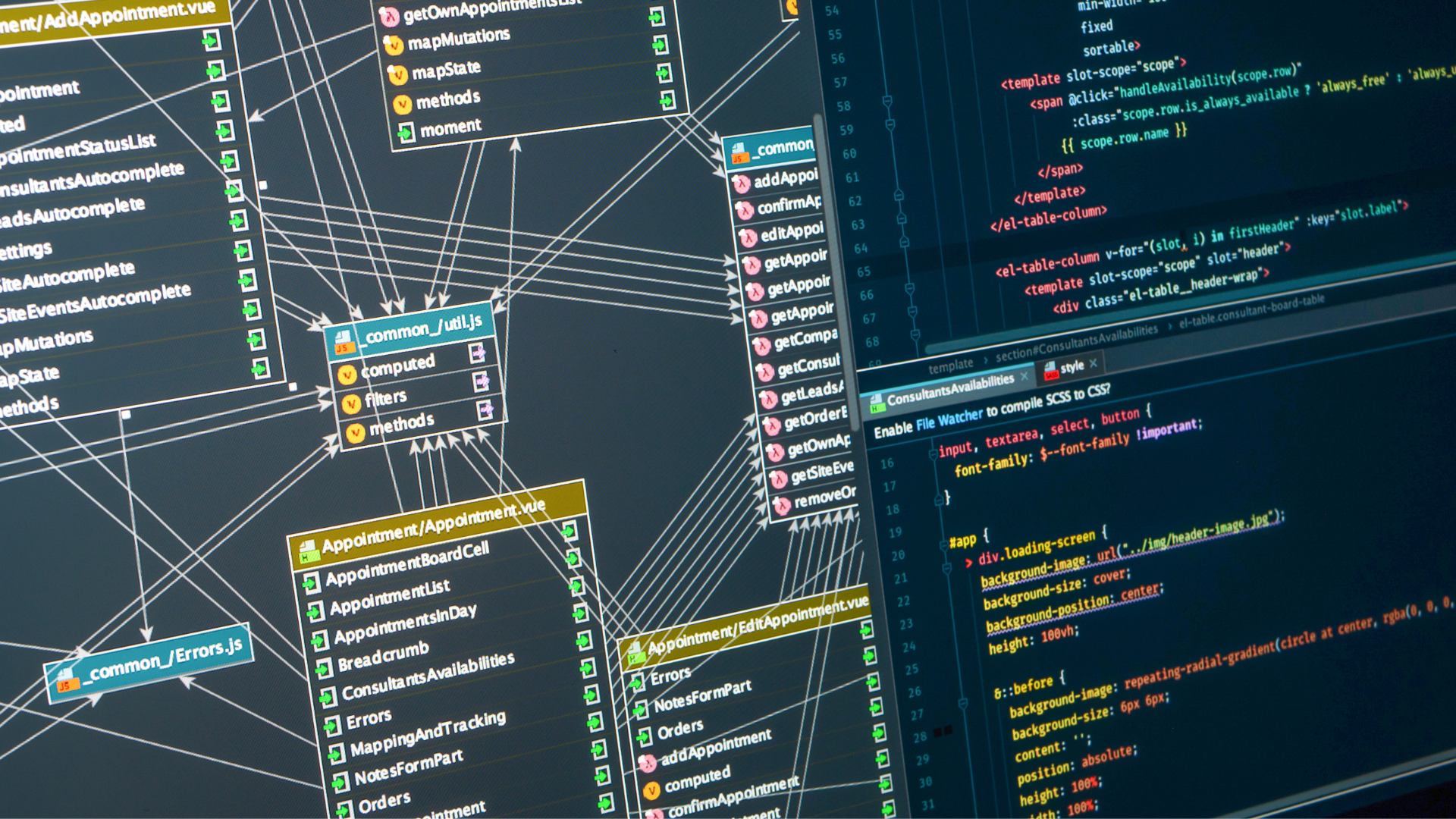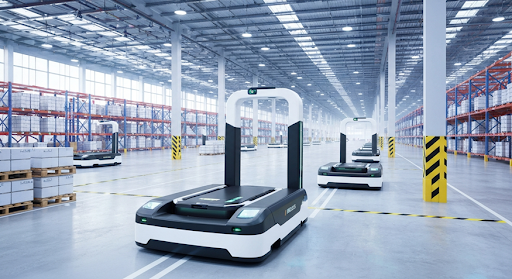What Is an Example of Real-Time Programming?
What is an Example of Real-Time Programming?
Real-time computing encompasses a diverse set of techniques aimed at ensuring timely responses to external events or inputs. Soft real-time operating systems prioritize responsiveness without guaranteeing strict timing constraints, often found in applications like multimedia processing and industrial control systems. Examples include Linux with its PREEMPT_RT patch and Windows CE. Conversely, hard real-time systems demand deterministic behavior, which is crucial in safety-critical applications like automotive systems and medical devices. Arduino-based real-time computing systems serve as accessible examples, facilitating rapid prototyping and deployment for tasks like sensor data acquisition and robotic control. These examples illustrate the spectrum of real-time programming, ranging from flexible responsiveness to stringent timing requirements, each tailored to specific application domains.

What is an Example of a Real-Time Program?
An example of a real-time program in the context of real-time computing could be a traffic light control system. In such a system, the software must respond to inputs from various sensors detecting vehicle presence and traffic flow in real time. A soft real-time system example might be a multimedia streaming service where the emphasis is on delivering content with minimal latency to ensure a smooth user experience. Both examples highlight the need for timely response to external events, whether it's managing traffic flow at an intersection or streaming video and audio data to users over the internet.
What is an Example of Real-Time Application
In software engineering, an exemplary real-time application is a flight control system for an aircraft. This system operates in real time, processing sensor data from various onboard instruments to continuously adjust control surfaces and ensure the stability and safety of the aircraft during flight. Another notable example is a real-time embedded system used in medical devices like pacemakers or insulin pumps. These systems monitor vital signs or blood sugar levels in real time and deliver precise therapeutic interventions as needed, directly impacting patient health and safety. These examples underscore the critical role of real-time software in software engineering, where timely and accurate responses are essential for the proper functioning of complex systems in domains ranging from aerospace to healthcare.
What is a Real-Time Example?
Real-Time system example could be a power grid monitoring and control system. In this scenario, real-time software processes data from sensors distributed across the grid, such as voltage and current sensors, to monitor the flow of electricity in real time. Meanwhile, the overall system must respond instantly to fluctuations in demand or supply by adjusting the distribution of power to maintain stability and prevent outages. This example highlights how real-time software and real-time systems collaborate to ensure the reliability and efficiency of critical infrastructure.
What are Real-Time Processes Examples?

Real-time processes are tasks that must respond to events or inputs within a specific timeframe. Examples include sensor data processing in industrial automation, audio/video processing in multimedia applications, financial trading in high-frequency trading, telecommunications network management, and health monitoring in medical devices. These processes are crucial for ensuring timely and accurate responses in various industries, from optimizing manufacturing processes to delivering life-saving medical interventions.



